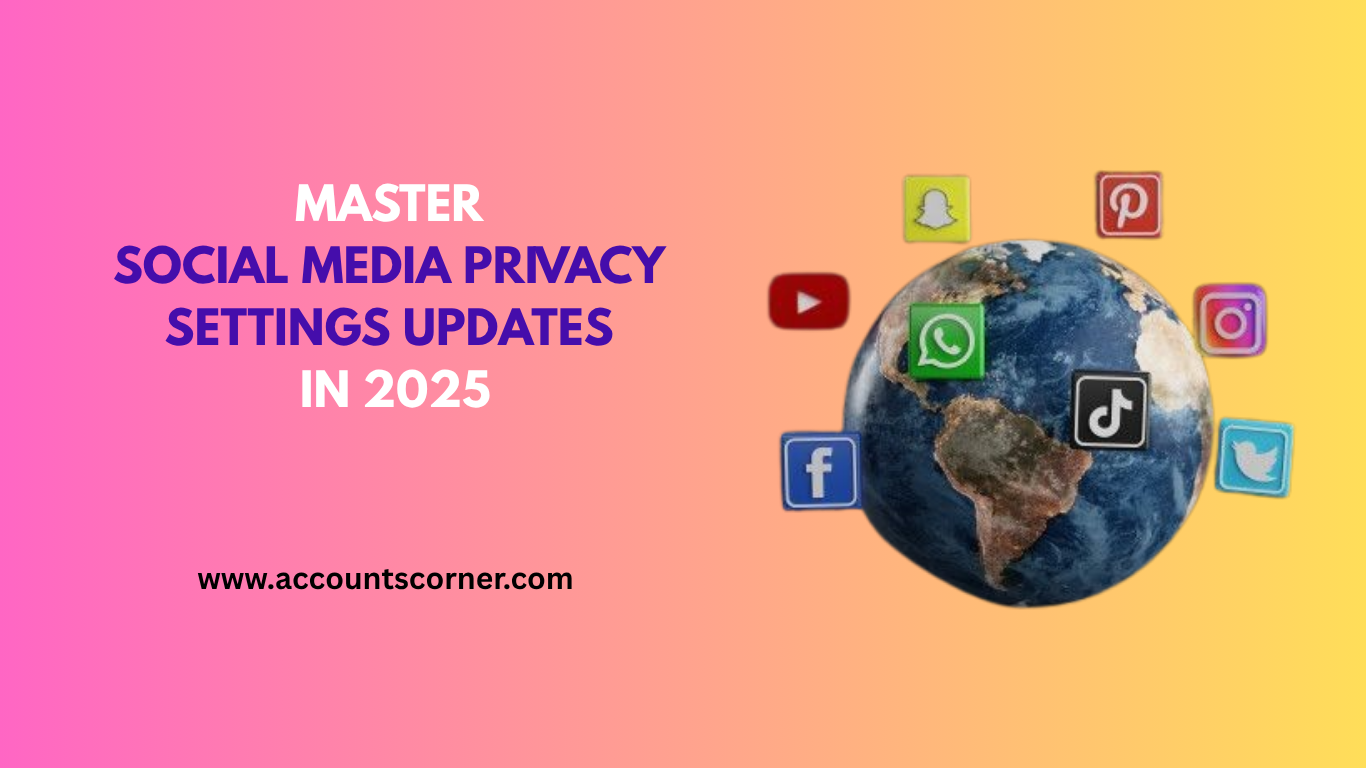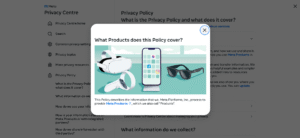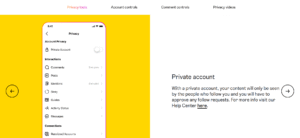Products
-
 Flicker New Accounts
Rated 5.00 out of 5$0.50
Flicker New Accounts
Rated 5.00 out of 5$0.50 -
 Discord New accounts With Gmail
Rated 5.00 out of 5$1.00
Discord New accounts With Gmail
Rated 5.00 out of 5$1.00 -
 Reddit New Accounts With Gmail
Rated 5.00 out of 5$1.00
Reddit New Accounts With Gmail
Rated 5.00 out of 5$1.00 -
 Quora New accounts With Gmail
Rated 5.00 out of 5$1.00
Quora New accounts With Gmail
Rated 5.00 out of 5$1.00 -
 Buy AOL AGED Accounts
Rated 5.00 out of 5$1.00
Buy AOL AGED Accounts
Rated 5.00 out of 5$1.00 -
 Buy Outlook New Accounts
Rated 5.00 out of 5$1.00
Buy Outlook New Accounts
Rated 5.00 out of 5$1.00 -
 Buy Hotmail Aged Accounts
Rated 5.00 out of 5$1.00
Buy Hotmail Aged Accounts
Rated 5.00 out of 5$1.00 -
 Youtube Accounts With Channel and Video
Rated 5.00 out of 5$2.00
Youtube Accounts With Channel and Video
Rated 5.00 out of 5$2.00 -
 Youtube Accounts With Channel
Rated 5.00 out of 5$1.00
Youtube Accounts With Channel
Rated 5.00 out of 5$1.00 -
 Buy Twitter Aged Accounts 2010 to 2021
Rated 5.00 out of 5$1.50
Buy Twitter Aged Accounts 2010 to 2021
Rated 5.00 out of 5$1.50
MASTER SOCIAL MEDIA PRIVACY SETTINGS UPDATES IN 2025
Posted by:
sangeetha

Stay protected online with the latest updates to Social Media Privacy Settings in 2025. Learn how to secure your accounts, control visibility, and safeguard personal data.
Are you losing sleep over who might have access to your personal information scattered across dozens of social media platforms, wondering if your Social Media Privacy Settings are actually protecting you or inadvertently exposing your most sensitive data to strangers, advertisers, and potential threats?
The digital anxiety is real and justified. Every week brings news of another data breach, privacy violation, or algorithm change that fundamentally alters how social media platforms handle your personal information. You’ve probably experienced that unsettling moment when an ad appears for something you only mentioned in a private conversation, or when a long-lost acquaintance suddenly appears in your “people you may know” suggestions despite no apparent connection.
This constant uncertainty about your digital privacy creates genuine stress and vulnerability in our hyperconnected world. The good news is that mastering Social media privacy controls in 2025 is entirely achievable with the right knowledge and systematic approach, giving you back control over your digital footprint and peace of mind about your online presence.
Table of Contents
ToggleThe Current Social Media Privacy Landscape
Social media platforms have undergone massive privacy overhauls in response to regulatory pressure, user demands, and high-profile security incidents. Major changes in 2025 include enhanced transparency requirements, granular permission controls, and AI-powered privacy recommendations that actually help users instead of confusing them.
However, these improvements come with increased complexity. Each platform now offers hundreds of privacy options, making it overwhelming for average users to configure their accounts properly. The default settings, while more privacy-friendly than previous years, still lean toward data collection and sharing to support advertising revenue models.
Understanding these dynamics helps you make informed decisions about which settings truly matter for your specific needs and risk tolerance. Companies like Accountscorner.com have developed expertise help in Social Media Management in navigating these complex privacy ecosystems to help users achieve optimal protection without sacrificing functionality.

Advanced Privacy Configuration Strategies
Cross-Platform Privacy Coordination
Modern privacy protection requires thinking beyond individual platforms to consider how your data flows between connected services. Account linking between platforms creates privacy vulnerabilities that most users overlook.
Review connected accounts across all your social media profiles and disconnect unnecessary integrations. Each connection point represents a potential privacy leak or security vulnerability.
Use different email addresses for different social media accounts to limit cross-platform data correlation. This strategy significantly reduces the effectiveness of targeted advertising and limits the capabilities of data brokers.
Granular Audience Management
Custom audience lists have become essential tools for sophisticated privacy management. Create specific friend lists for different types of content sharing, allowing you to maintain professional networks while protecting personal information.
Location privacy settings require special attention as platforms increasingly use location data for content recommendations and advertising. Disable location tracking for posts, stories, and advertising unless specifically needed for functionality.
Platform-Specific Privacy Mastery
Facebook and Meta Ecosystem
Facebook’s privacy controls have become increasingly sophisticated but also more scattered across different settings panels. Key areas requiring immediate attention include:
Profile and timeline privacy controls who can see your posts, photos, and personal information. The “View As” feature lets you see exactly how your profile appears to different audience groups, helping you identify potential privacy gaps.
Ad preferences and data usage settings control how Facebook uses your information for advertising. Disable personalized ads based on your activity across Facebook’s family of apps, and review which advertisers have uploaded your contact information for targeting purposes.
App permissions and third-party access require regular auditing. Many users have dozens of forgotten apps with broad access permissions that should be revoked immediately.

Instagram Privacy Evolution
Instagram has introduced Powerful new privacy features including enhanced story controls, message filtering, and improved blocking capabilities. Professional accounts now have additional privacy options that separate business functionality from personal privacy.
Story privacy controls allow granular audience selection for each story, while close friends lists provide ongoing privacy management for sensitive content. The new message filtering system automatically sorts message requests based on potential spam or harassment indicators.

TikTok’s Enhanced Privacy Framework
TikTok has implemented comprehensive privacy improvements in response to regulatory scrutiny. Default privacy settings for new accounts now prioritize user protection, especially for younger users.
Content privacy options include video visibility controls, comment filtering, and enhanced blocking features. Data download and deletion tools give users unprecedented control over their stored information and algorithmic preferences.
Privacy Settings Automation and Monitoring
Regular Privacy Audits
Schedule monthly privacy reviews to catch new features, policy changes, and setting reversions that platforms sometimes implement during updates. Privacy settings occasionally reset during major platform updates, requiring vigilant monitoring.
Document your preferred settings for each platform to quickly restore privacy configurations after resets or when setting up new accounts. This documentation also helps when assisting family members or employees with their privacy configurations.
Third-Party Privacy Tools
Browser extensions and privacy apps can supplement platform-native privacy controls with additional protection layers. Ad blockers, tracker blockers, and privacy-focused browsers work in conjunction with social media privacy settings to provide comprehensive protection.
However, be cautious when using third-party privacy tools that request access to your social media accounts. Some privacy tools ironically compromise privacy by collecting data they claim to protect.
Family and Business Privacy Considerations
Protecting Minors Online
Family privacy settings require coordinated approaches across multiple accounts and platforms. Parental controls have improved significantly, but they require active management and regular updates as children grow and gain more online independence.
Educational conversations about privacy become more important than technical controls for older children and teenagers. Teaching privacy-conscious behavior creates lasting protection that technical measures alone cannot provide.
Business Account Privacy Balance
Professional and Powerful social media accounts must balance visibility with privacy protection. Separate personal and business accounts whenever possible to limit cross-contamination of private and professional information.
Employee social media policies should include privacy guidance to protect both individual employees and company information. Regular training updates help staff navigate changing privacy landscapes while maintaining professional social media presence.
Emerging Privacy Technologies and Trends
AI-Powered Privacy Assistance
Artificial intelligence increasingly helps users manage privacy settings through intelligent recommendations and automated threat detection. Privacy AI assistants can identify risky settings configurations and suggest improvements based on user behaviour patterns.
Machine learning algorithms now power advanced spam detection, harassment identification, and content filtering that adapts to individual user preferences and safety needs.

Regulatory Impact on Privacy Features
Global privacy regulations continue driving platform privacy improvements. GDPR, CCPA, and emerging regulations in other regions force platforms to provide better user control and transparency.
Understanding your regional privacy rights helps you leverage available protections and appeal privacy violations more effectively.
Future-Proofing Your Privacy Strategy
Privacy threats evolve constantly, requiring adaptable strategies rather than one-time configuration fixes. Stay informed about platform changes through official announcements, privacy advocacy groups, and trusted technology news sources.
Diversify your social media presence to reduce dependence on any single platform for communication or content sharing.
Platform-agnostic privacy practices protect you regardless of which services you use. Expert services like Accountscorner.com help users develop comprehensive privacy strategies for proper Engagement on social platforms that adapt to changing platform features and emerging threats while maintaining desired social media functionality.
Frequently Asked Questions
Q: How often should I review and update my social media privacy settings?
A: Review your privacy settings monthly for active accounts and quarterly for less-used platforms. Major platform updates, policy changes, or personal life changes should trigger immediate privacy reviews. Set calendar reminders to ensure consistent monitoring, as platforms sometimes reset settings during updates.
Q: Are default privacy settings on social media platforms actually protecting my information?
A: Default settings in 2025 are more privacy-friendly than previous years but still prioritize platform functionality and advertising revenue over maximum user privacy. Always customize settings based on your specific needs and risk tolerance rather than relying on defaults.
Q: Can I completely prevent social media platforms from collecting my data?
A: Complete data collection prevention isn’t possible while actively using social media platforms, as some data collection is necessary for basic functionality. However, you can significantly limit data collection by adjusting privacy settings, minimizing unnecessary permissions, and utilizing privacy-focused browsing tools.
Q: What’s the difference between deactivating and deleting social media accounts for privacy?
A: Deactivation temporarily hides your account but preserves all data for potential reactivation. Deletion permanently removes your account and associated data, though some platforms retain certain information for legal or security purposes. Review each platform’s specific policies before deciding.
Q: How do I handle privacy settings for business social media accounts?
A: Business accounts require balancing visibility for marketing purposes with privacy protection for sensitive company information. Use separate personal and business accounts, implement team access controls, regularly audit connected apps and services, and establish clear social media policies for employees.
Professional services like Accountscorner.com can help to Buy Social Media Accounts in Bulk and to develop comprehensive business social media privacy strategies.
















